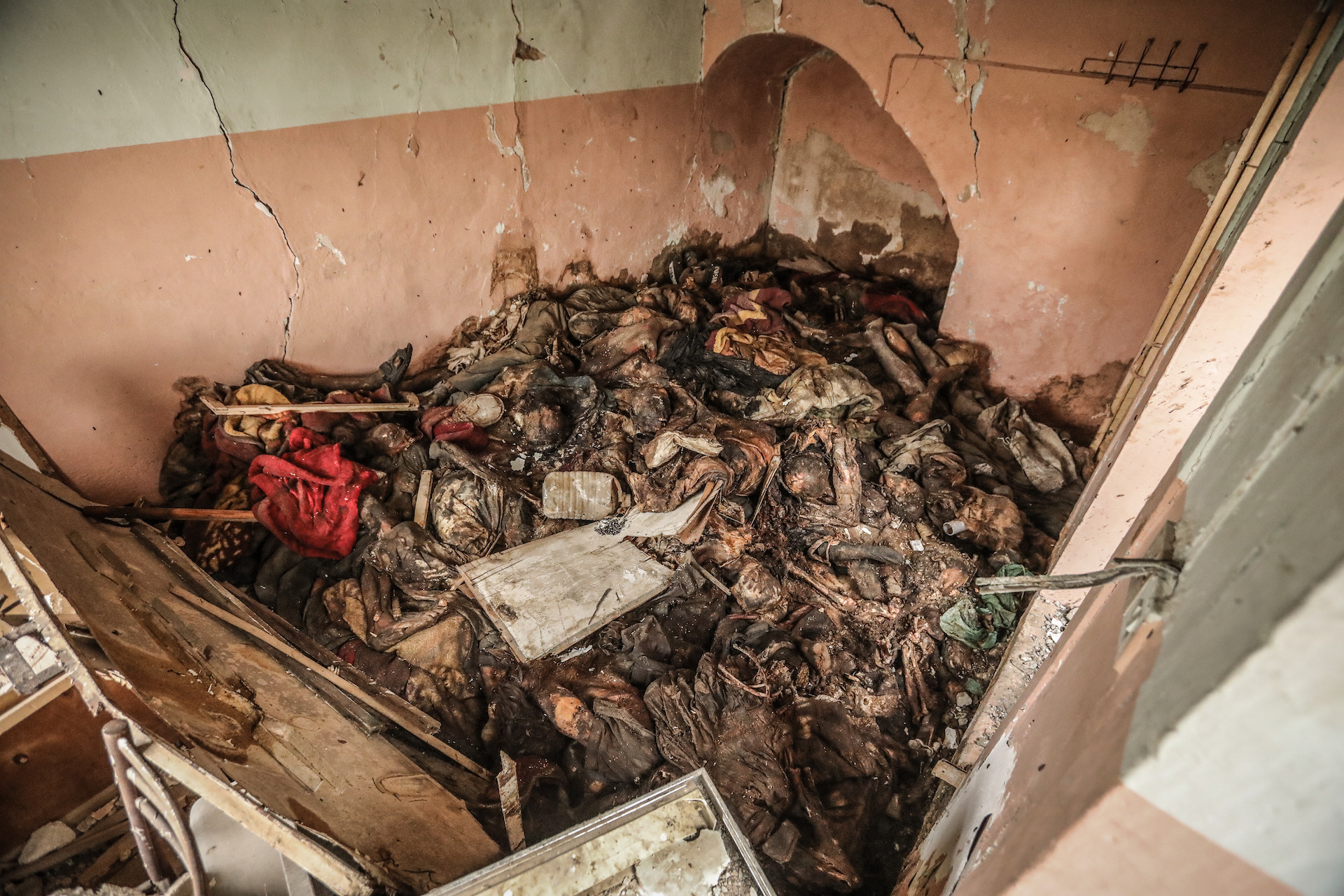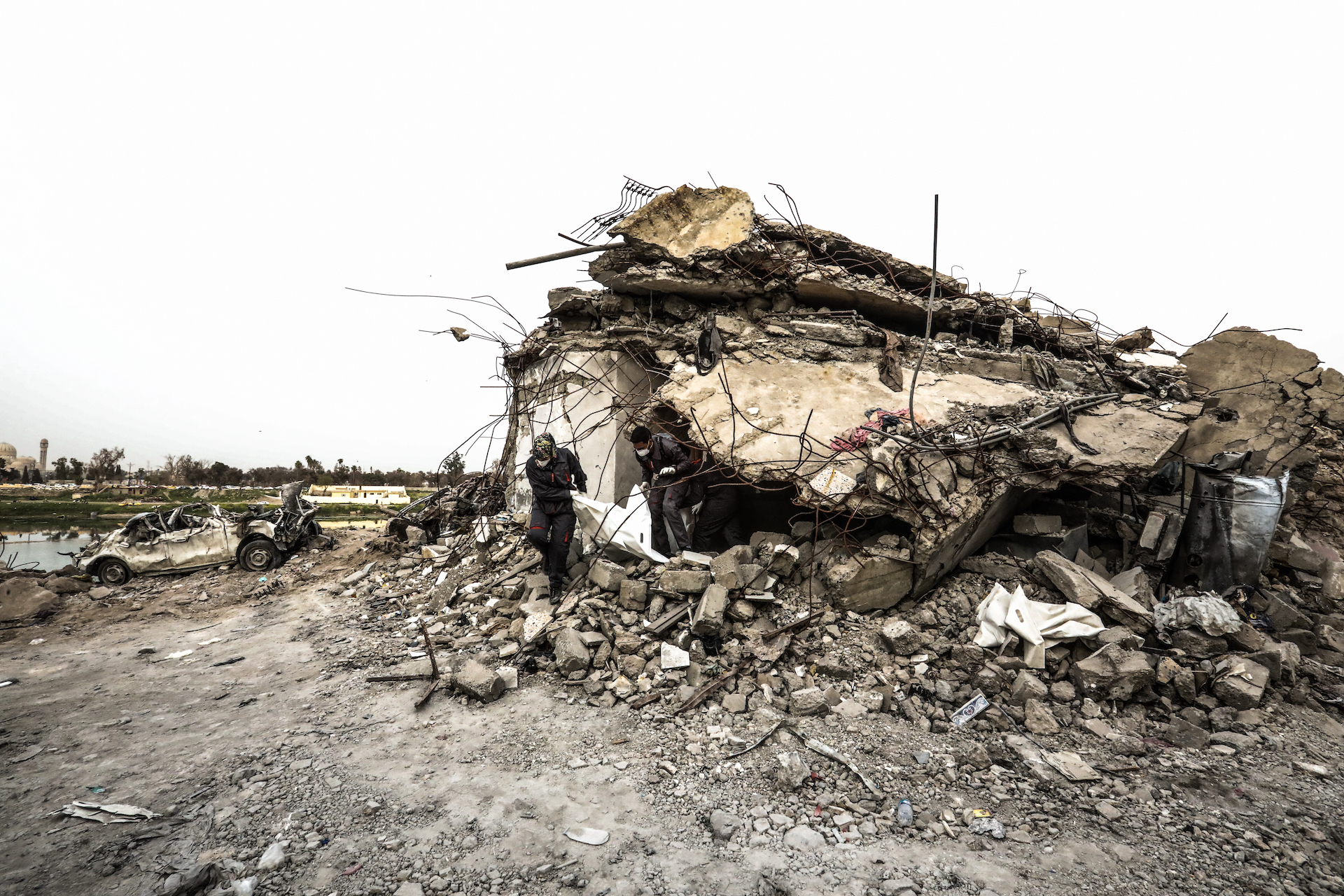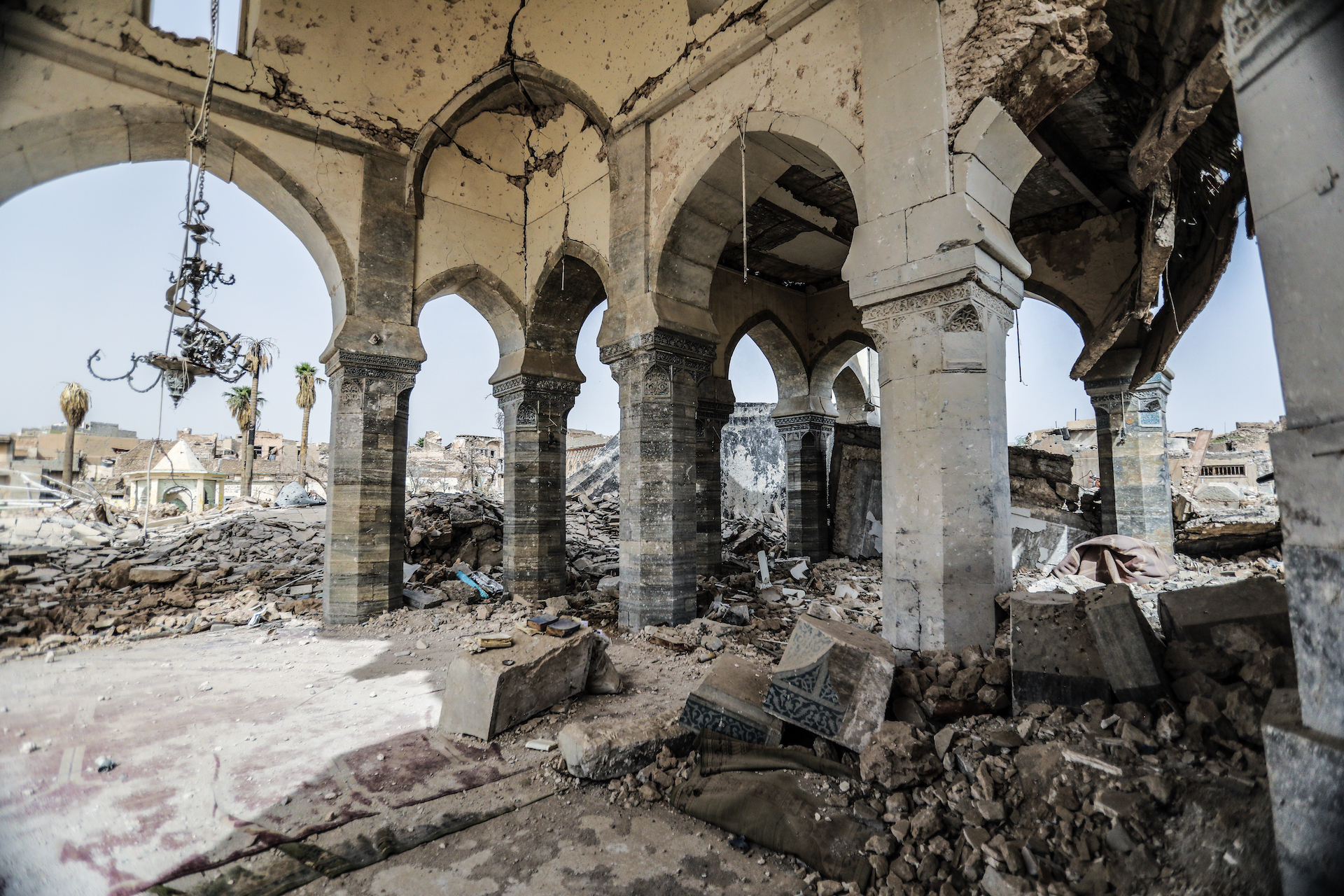There has been lots of chatter about removing the security clearance access of John Brennan and a few others. No one has asked about Hillary’s or…..Obama’s. There has been lots of chatter of impeachment, traitor and treason….but when it comes to aiding and supporting the enemy….check this out.
Grant money is a gift….by the way.

 story and photo, more detail here.
story and photo, more detail here.
The Middle East Forum has discovered that the Obama administration approved a grant of $200,000 of taxpayer money to an al-Qaeda affiliate in Sudan — a decade after the U.S. Treasury designated it as a terrorist-financing organization. More stunningly, government officials specifically authorized the release of at least $115,000 of this grant even after learning that it was a designated terror organization.
The story began in October 2004, when the U.S. Treasury Department’s Office of Foreign Assets Control (OFAC) designated the Khartoum-based Islamic Relief Agency (ISRA), also known as the Islamic African Relief Agency (IARA), as a terror-financing organization. It did so because of ISRA’s links to Osama bin Laden and his organization Maktab al-Khidamat (MK), the precursor of al-Qaeda.
According to the U.S. Treasury, in 1997 ISRA established formal cooperation with MK. By 2000, ISRA had raised $5 million for bin Laden’s group. The Treasury Department notes that ISRA officials even sought to help “relocate [bin Laden] to secure safe harbor for him.” It further reports that ISRA raised funds in 2003 in Western Europe specifically earmarked for Hamas suicide bombings.
The 2004 designation included all of ISRA’s branches, including a U.S. office called the Islamic American Relief Agency (IARA-USA). Eventually it became known that this American branch had illegally transferred over $1.2 million to Iraqi insurgents and other terror groups, including, reportedly, the Afghan terrorist Gulbuddin Hekmatyar. In 2010, the executive director of IARA-USA and a board member pled guilty to money-laundering, theft of public funds, conspiracy, and several other charges.
ISRA’s influence also spread to Washington. Former U.S. congressman Mark Siljander (R., Mich.) pled guilty in 2010 to obstruction of justice and acting as an unregistered foreign agent after prosecutors found that IARA-USA had paid him $75,000 — using misappropriated USAID grant money — to lobby the government, in an attempt to remove the charity from the government’s terror list.
Despite this well-documented history, the U.S. Agency for International Development (USAID) in July 2014 awarded $723,405 to World Vision Inc., an international evangelical charity, to “improve water, sanitation and hygiene and to increase food security in Sudan’s Blue Nile state.” Of these funds, $200,000 was to be directed to a sub-grantee: ISRA.
Responding to a Middle East Forum (MEF) inquiry, a USAID official explains that World Vision had alerted it in November 2014 to the likelihood of ISRA being on the terror list. USAID instructed World Vision to “suspend all activities with ISRA” and informed the State Department, OFAC, and USAID’s Office of the Inspector General. USAID and World Vision then waited for OFAC to confirm whether ISRA was designated or not.
USAID emails obtained by the Middle East Forum reveal that in January 2015, World Vision was growing unhappy while waiting for OFAC’s assessment. Mark Smith, World Vision’s senior director of humanitarian and emergency affairs, wrote to USAID, stating that the Islamic Relief Agency “had performed excellent work” for World Vision in the past, and that “putting contractual relationships in limbo for such a long period is putting a significant strain” on World Vision’s relationship with the Sudanese regime. Smith also revealed that World Vision had submitted a notice to OFAC indicating its “intention to restart work with [ISRA] and to transact with [ISRA]” if OFAC did not respond within a week.
World Vision’s statement stunned USAID officials, who complained that World Vision’s behavior “doesn’t make sense.” USAID official Daniel Holmberg emailed a colleague: “If they actually said that they wanted to resume work with ISRA, while knowing that it was 99% likely that ISRA was on the list then I am concerned about our partnership with them, and whether it should continue.”
On January 23, OFAC confirmed that ISRA was a sanctioned entity and denied World Vision “a license to engage in transactions with [ISRA].” Mark Smith and World Vision’s country program director in Sudan expressed their disappointment, stating that they were in discussions with ISRA as well as the Sudanese regime’s Humanitarian Aid Commission, which regulates the activities of international charities in Sudan.
Despite OFAC’s ruling, in February, World Vision wrote to OFAC and Obama-administration official Jeremy Konyndyk (who then served as director of USAID’s Office of U.S. Foreign Disaster Assistance) to apply to OFAC for a new license from USAID to pay ISRA “monies owed for work performed.” According to Larry Meserve, USAID’s mission director for Sudan, World Vision argued that if they did not pay ISRA, “their whole program will be jeopardized.”
While World Vision waited for a decision, on February 22, a pro-regime Sudanese newspaper, Intibaha, reported that the Sudanese political leaders had requested that World Vision be expelled from Sudan’s Blue Nile state. USAID disaster operations specialist Joseph Wilkes and World Vision’s Mark Smith speculated that this was “punishment” for the cancellation of the grant with ISRA, which a USAID official noted is “well connected with the [Sudanese] government.”
Then, incredibly, on May 7, 2015 — after “close collaboration and consultations with the Department of State” — OFAC issued a license to a World Vision affiliate, World Vision International, authorizing “a one-time transfer of approximately $125,000 to ISRA,” of which “$115,000 was for services performed under the sub-award with USAID” and $10,000 was “for an unrelated funding arrangement between Irish Aid and World Vision.”
An unnamed World Vision official described the decision as a “great relief as ISRA had become restive and had threatened legal action, which would have damaged our reputation and standing in Sudan.” Senior USAID official Charles Wanjue wrote to colleagues: “Good news and a great relief, really!” In August 2015, USAID official Daniel Holmberg even told a State Department official that he had been approached by the executive director of ISRA, and requested guidance on helping ISRA remove itself from the U.S. government’s terror list.
Obama-administration officials knowingly approved the transfer of taxpayer dollars to an al-Qaeda affiliate, and not an obscure one but an enormous international network that was often in the headlines.
How was this prominent terror funder initially approved to receive American taxpayer funds ten years after it had been placed on the “Specially Designated Nationals and Blocked Persons” terror list?
Existing measures to prevent the payment of government monies to designated terrorist organizations include: first, a requirement that all grantees and sub-grantees of U.S.-government grants register for a Data Universal Numbering System (DUNS) number; and second, a requirement that all government vendors register with the government’s System for Award Management (SAM) database. A designated organization should not be able to acquire a DUNS number, and any designation is explicitly recorded in the SAM database with a note that the designated organization is excluded from government grants.
However, ISRA was in fact assigned a DUNS number — as recorded at the government’s USAspending.gov website — which matched no organization in the government’s SAM database. The only listings for “Islamic Relief Agency” or “ISRA” in the SAM database are the designated Sudanese al-Qaeda affiliate and its branches.
Whoever approved this grant to ISRA either failed to check the government’s database of designated groups or did so and then chose to disregard it. Both explanations are alarming. And neither answer explains how ISRA acquired a DUNS number.
Most important: Now we know that the government deliberately chose to transfer at least $115,000 to ISRA after confirming that it was on the terror-designation list. In other words, an al-Qaeda front received taxpayers’ money with the apparent complicity of public officials.
It is no secret that the Obama administration sought to downplay the threat of Islamism, and even to coopt some Islamist movements to promote its agenda. In its foreign policy, the administration expressed support for Mohamed Morsi’s Muslim Brotherhood government in Egypt, while domestically, the White House invited Islamists to design the government’s Countering Violent Extremism program. It is difficult to argue that these efforts were the product of anything but great naïveté and political dogma. Is it possible that this combination extended to deliberately funding an al-Qaeda affiliate?
Congress must investigate this question and, more broadly, where USAID is sending taxpayers’ money, for ISRA might not be the only example. The House’s Foreign Affairs, Oversight, and Financial Services Committees, along with the Senate Finance Committee, must examine how a designated group came to qualify for government monies, why OFAC and the State Department authorized the transfer of funds after learning of ISRA’s terror ties, and which bureaucrat or political appointee was responsible for this mess.
Asked to comment, current State Department spokesperson Heather Nauert told National Review: “As this occurred under the prior Administration, the current Secretary of the State, Secretary of Treasury, and USAID Administrator had no involvement in decisions surrounding this award or subsequent license.”
The American people need to know how their dollars funded an al-Qaeda affiliate. They need to know how deep this problem runs.
*** Millions upon millions come to mind shrink-wrapped on pallets on un-marked airplanes to Tehran comes to mind actually.










